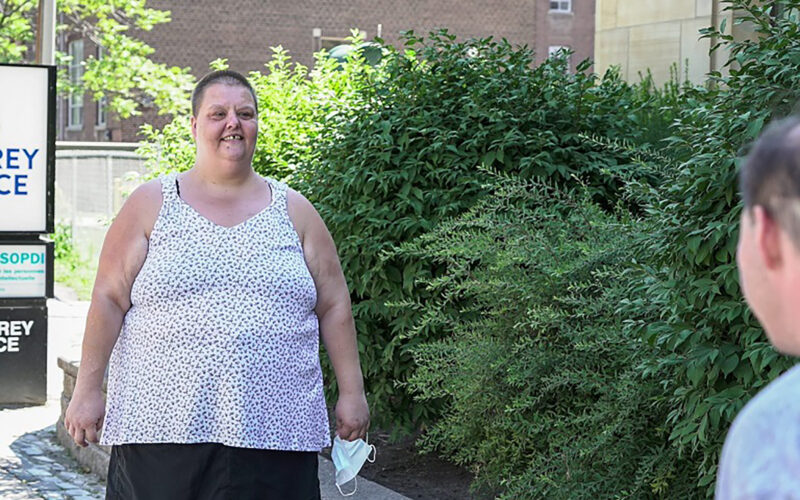How to Support an Anxious Child
OCTOBER 13, 2020
WHAT IS ANXIETY?
Anxiety is the body’s natural response to stress. It’s a feeling of fear or worry about what’s to come. However, if your child’s feelings of anxiety are extreme, persistent, and are interfering with their life, they may have an anxiety disorder. Children with autism are at greater risk of developing anxiety. Due to deficits in social and communication skills, they may experience greater difficulty within common situations and daily routines and interactions. This, in turn, may cause feelings of anxiety. Some anxious behaviours might include difficulty sleeping, compulsive behaviour, negative self-talk, walking/rocking back and forth, biting nails or clothing, and voiced concerns surrounding change.
WHY IS IT IMPORTANT TO ADDRESS ANXIETY?
There may be many things that make a child with autism feel anxious, such as needing to communicate their needs and wants to others, not being able to predict what comes next in daily routines and events, not being able to understand social interactions, or trouble handling information their senses take in (e.g., sounds, smells, touch, sights, taste). This anxiety may get in the way of them completing everyday tasks.
Knowing different ways to support your child in these circumstances can help reduce your child’s anxiety. It can help by reducing confusion and unpredictability and increasing their sense of calm. It can also reduce some challenging behaviours your child may be engaging in and therefore reduce caregiver stress.
- Help your child to identify their anxiety
- Ask what situations they feel anxious in
- Use visual supports, like a rating scale or an emotion-o-meter, to ask them how they are feeling in a certain situation
- Help them identify what their body does in those moments. For example, your child may start to breathe heavily, get hot, yell or destroy property
- Reassure your child that they are safe and protected
- Help them to think realistically about the situations they feel anxious in
- Let them know that you are there to support their needs
- Give your child coping strategies
- Teach your child to deal with the anxiety by practicing strategies to help them stay calm
- Try relaxation techniques, visual supports, role play and rehearsals, positive reinforcement, and being consistent
- Examples include: deep breathing, redirecting thoughts to focus on things your child likes, first-then boards and schedules to let your child know what will be happening next, breaks away from situations that may cause anxiety, and praise when they are doing well
- Expose your child to these situations gradually and repeatedly
- It is important to start with small, brief increments of exposure to the situations that bring anxiety
- Remind your child to use their coping strategies as soon as they start to feel anxious
- Increase the level of exposure as your child becomes more comfortable with those small increments and be there to support the anxious feelings
- Make your child aware that if they are feeling anxious, they can take a break, but be there as support and to manage behaviours if they occur
- Provide praise and/or a reward for successful exposure attempts, even if the outcome is small
Your child is anxious about getting into the car. What can you do?
- Using a rating scale, like the one above, get your child to indicate to you that they are in the ‘red zone’. Point out to them that you can tell because they breathe loudly and quickly, and they start to yell when anxious.
- Reassure your child they are safe by saying “I know the car scares you right now, but I’ll be in the car with you. It’s safe inside and it has comfy seats! I can hold your hand while I drive if you like”.
- Show your child some breathing strategies you have been practicing together at home, like breathing in for 3 seconds, and breathing out for 3 seconds. Practice using this strategy when they notice they are feeling anxious.
- Use a first-then board to show them “first car ride, then your favourite song” and praise them for doing a good job trying.
- First, start with getting your child to touch the door of the car. When they do this step with no anxious behaviours (e.g., heavy breathing or yelling), praise and reward them. Gradually, help them participate in a more difficult part of the situation, like opening the car door.
- Praise and reward your child for doing something that is difficult for them.


